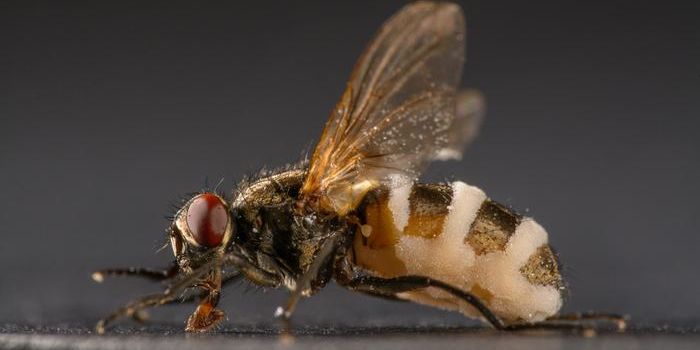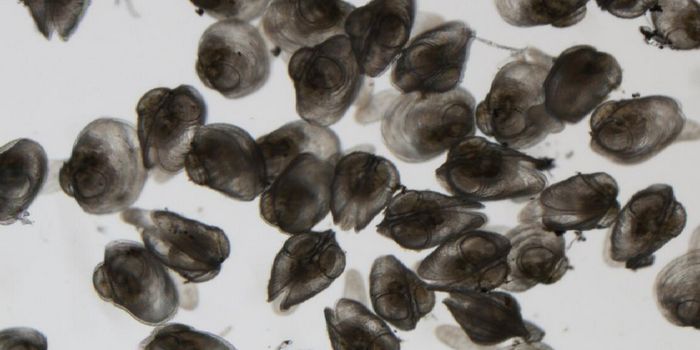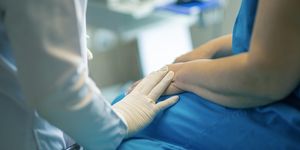Many Surgical Infections Originate From the Patient's Skin
Our skin is a natural barrier that protects our bodies from harm, and is also home to a community of microbes. But it seems that the skin microbiome can potentially pose a problem for people undergoing surgical procedures. Reporting in Science Translational Medicine, researchers analyzed the microbiomes of patients with genetic sequencing and determined that most infections at the sites of major spinal surgeries arise from bacteria that are already living on the patients' bodies before they even come to the hospital.
This research suggested that the vast majority - 86 percent - of infections in spinal implant patients began with pre-existing bacterial strains from the patient, which were also resistant to antibiotics that were used during the surgery.
This study has highlighted our lack of knowledge of this problem, which seems to be particularly relevant to patient outcomes. “If you look at where we currently focus our efforts and a lot of the guidelines and commercial products that are out there, it's very focused on the sterility of the hospital environment. It's certainly not patient-centered or individualized in any meaningful way," said lead study author and physician Dr. Dustin Long of the University of Washington School of Medicine.
Infections are a serious problem that impact many patients, noted Long. “It’s a big, persistent problem with the potential to be exacerbated by increasing antibiotic resistance."
Spinal implant surgery in particular carries a significant risk of infection, which occurs in about one in 30 of the procedures. That led the investigators to focus on about 200 of these patients. The team collected samples of patient nasal, skin, and rectal microbiomes, and assessed them with genetic sequencing, as well as additional samples from 1,400 individuals who underwent other spinal surgeries. Skin swabs were also taken on the day of surgery from the site of the incision.
The investigators also found that bacteria often collected in certain areas of the body. For example, Staphylococci bacteria were often denser on the neck and upper back, while E. coli bacteria preferred the lower back.
This type of bacterial map could help clinicians prevent infections based on where on the body the surgery was taking place, or which type of bacteria is there, added study co-author Dr. John Lynch of the University of Washington School of Medicine.
The scientists also noted that this work should be used to help make infection prevention techniques better, and not as a way to shift blame to patients. “We included a statement in the paper indicating that the authorship team does not see these results as an ‘out’ for hospitals,” Long said. “This should challenge us to take responsibility for better protecting patients from themselves when entering into a vulnerable state of surgery.”
Sources: University of Washington School of Medicine, Science ranslational Medicine









